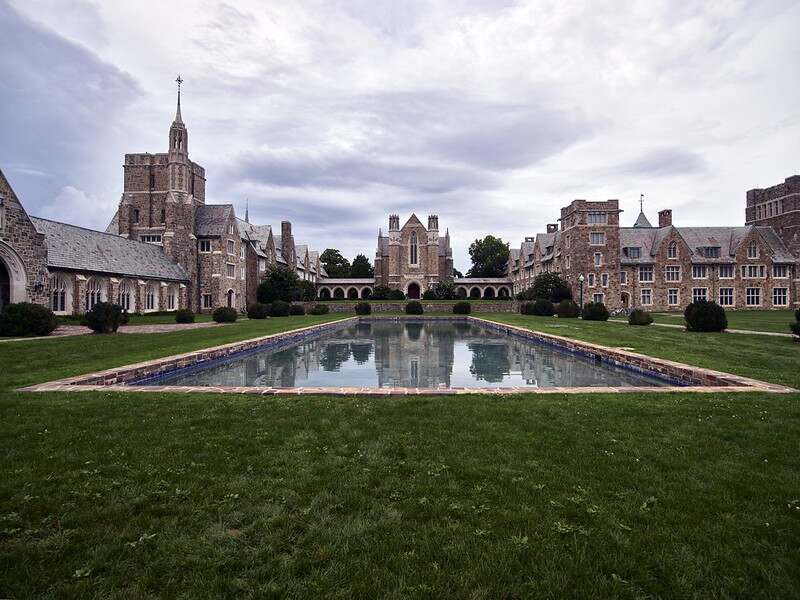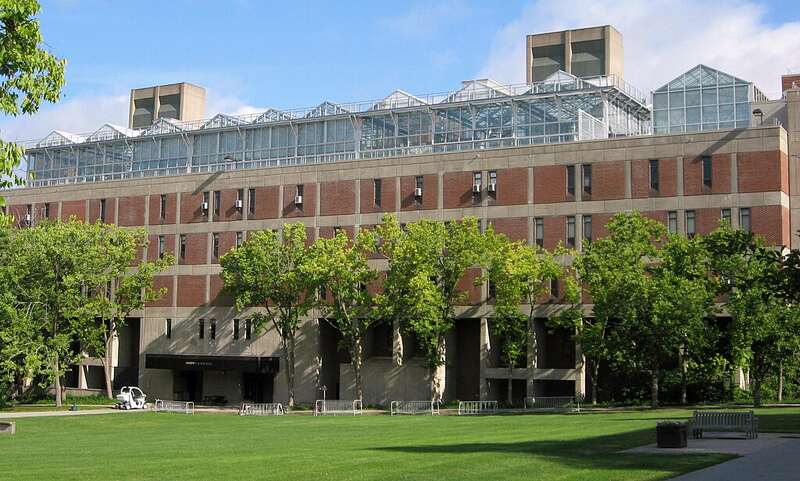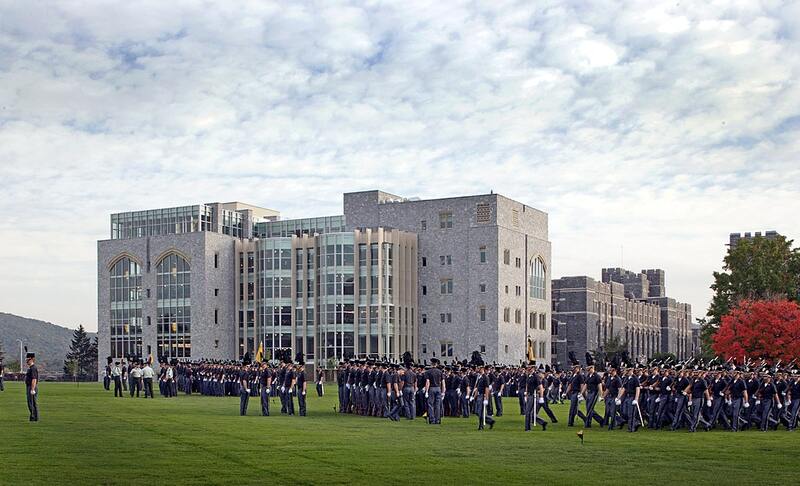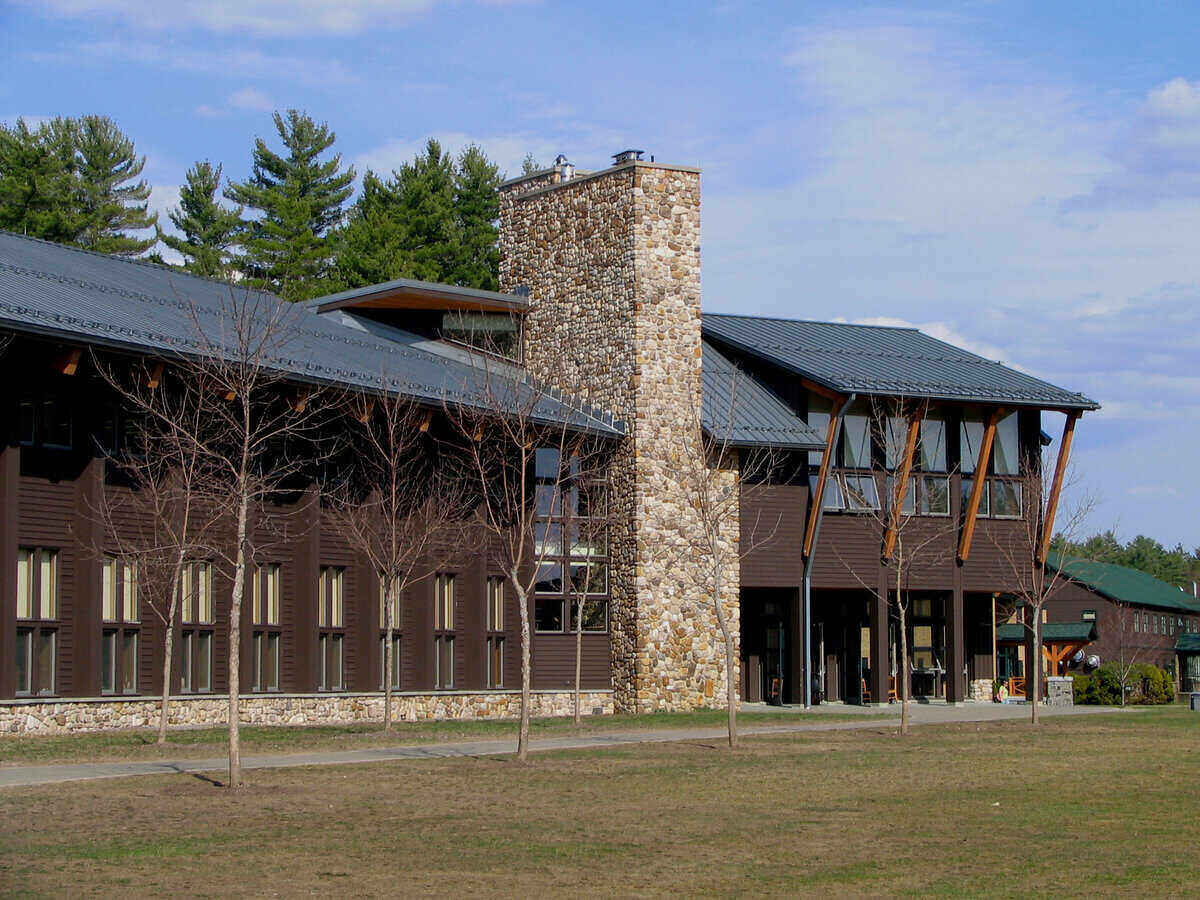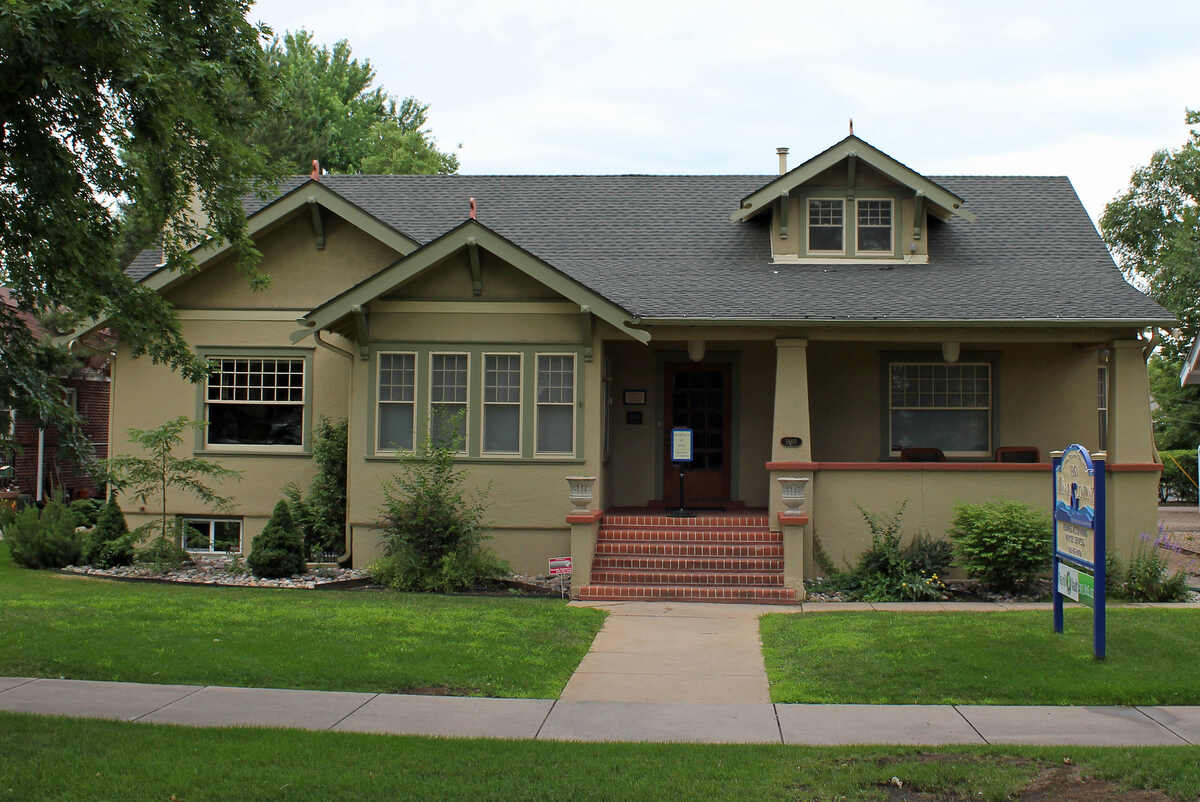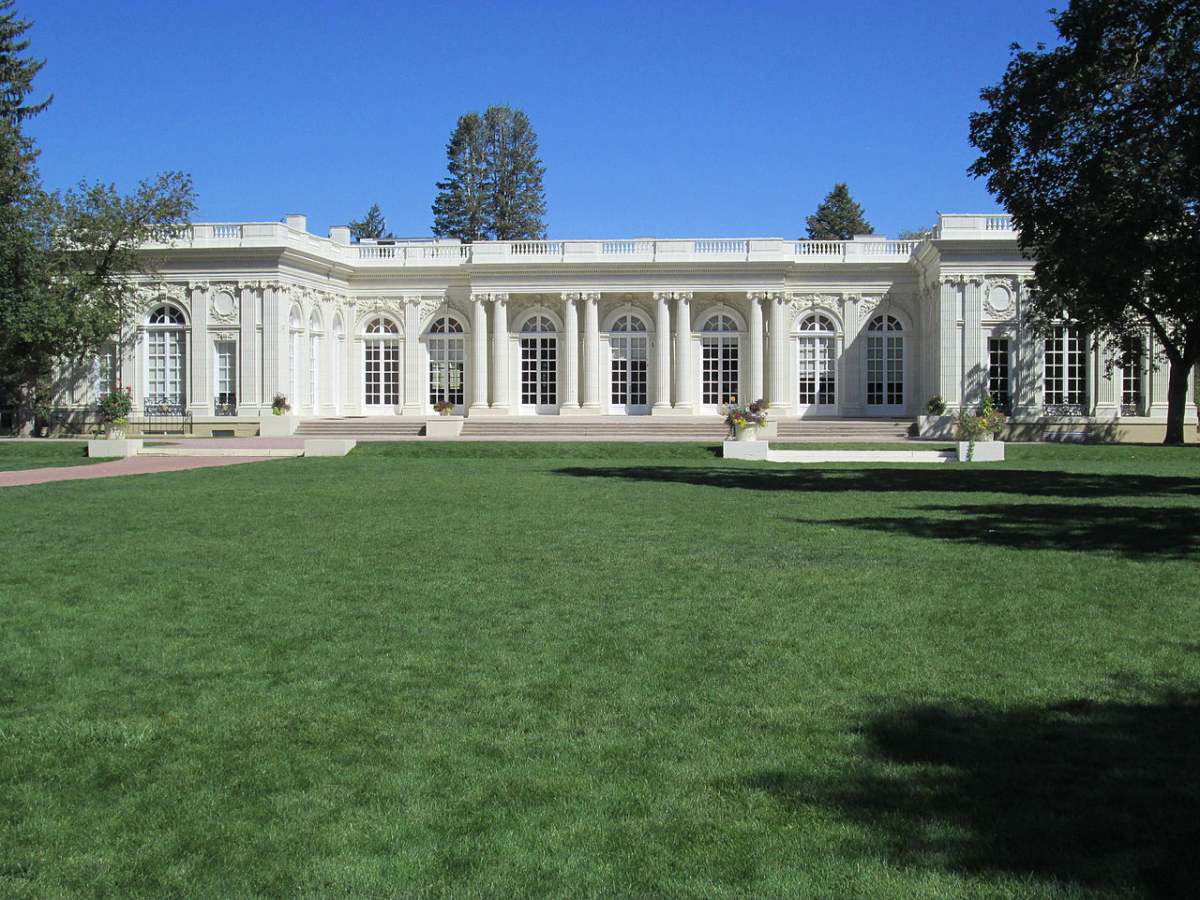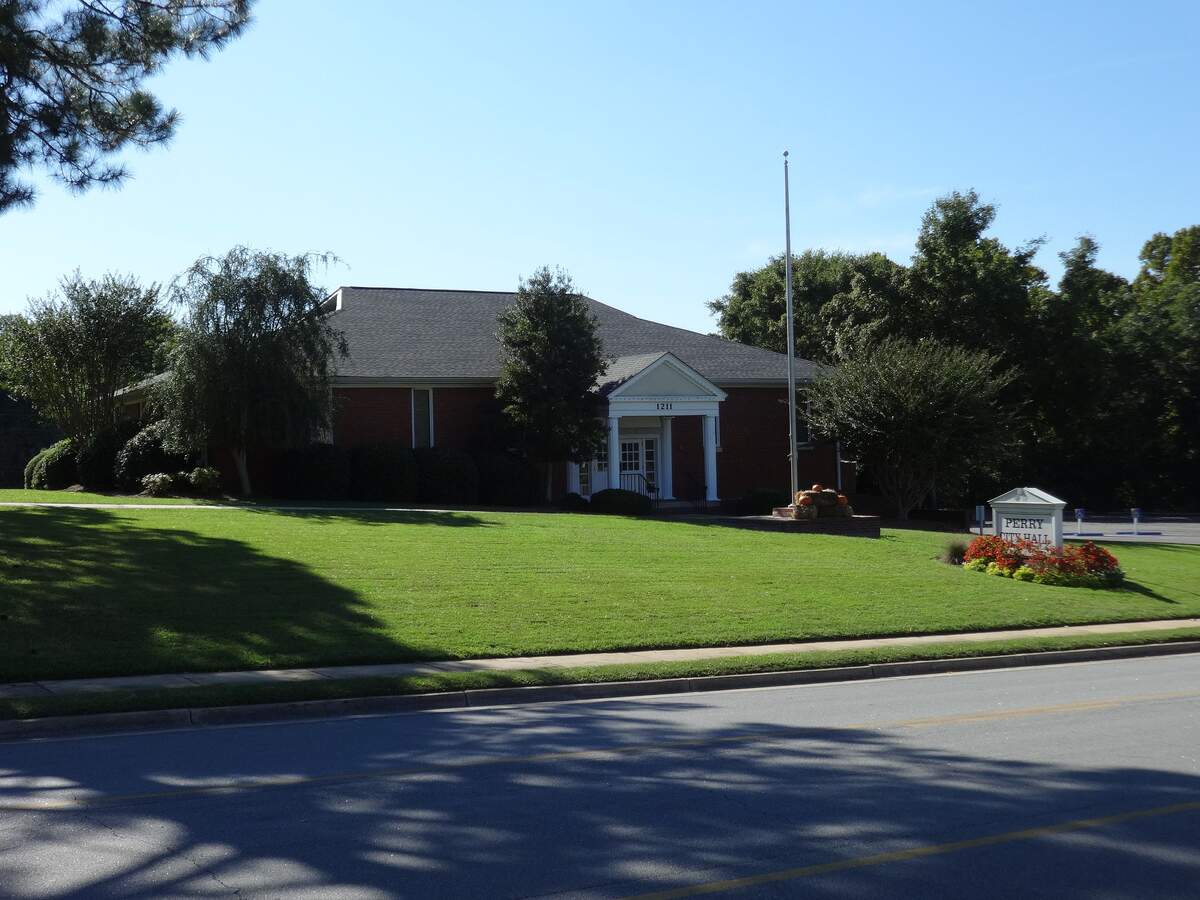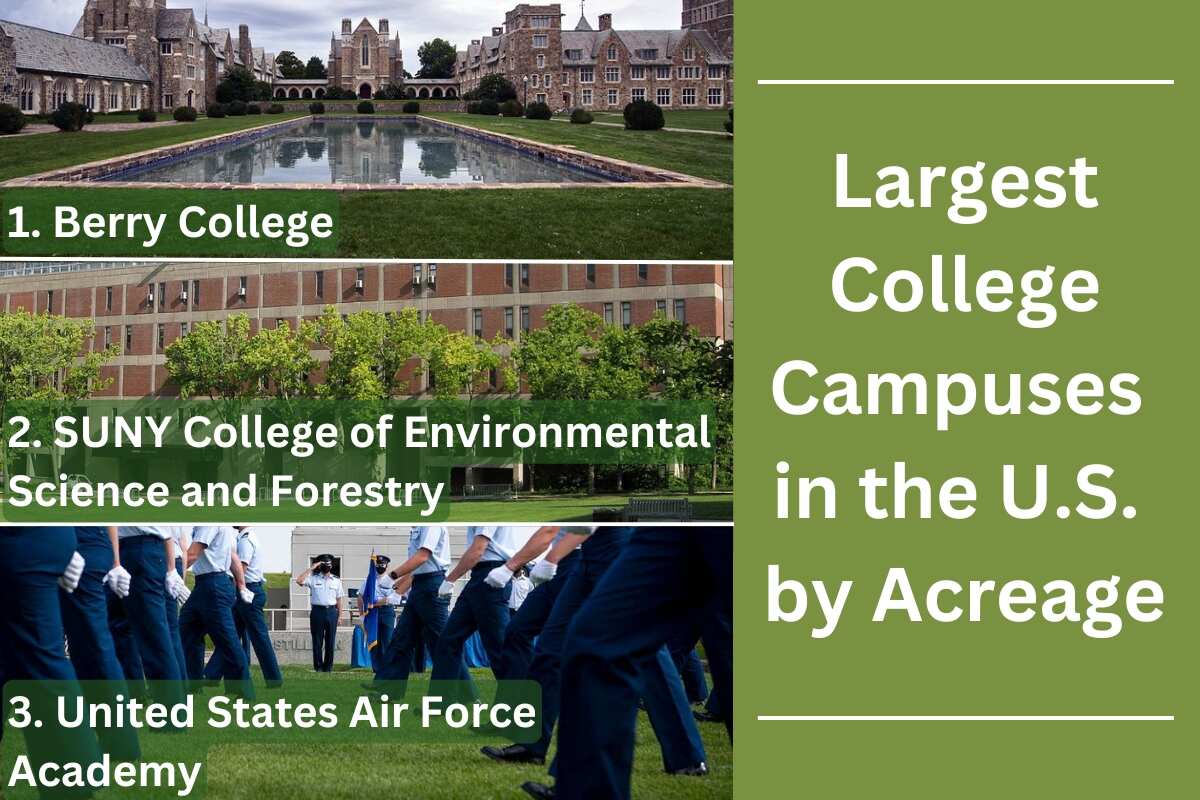
When you think of the biggest college campus in the U.S., think small – really small. Tiny Berry College in northwest Georgia is our reigning champ with the most acres and one of the smallest student bodies.
How large and how small? Well, Berry College has 27,000 acres and about 2,200 students. That’s nearly 14 acres per student.
Runner-up SUNY College of Environmental Science and Forestry in Syracuse has 25,000 acres. In third place, the U.S. Military Academy, in Colorado, has 18,500 acres.
LawnStarter ranked the largest campuses of four-year colleges and universities in the U.S., based on acres listed on school websites and 2022-2023 enrollment figures (the latest available) from the U.S. Department of Education.
To qualify for our list, the pieces of land making up the main campus didn’t have to be touching but they did have to be close enough to form a cohesive campus.
Where does your college, university, or alma mater – or the campus where your kids are attending college – land on our list? Check the table below and read more about the schools and their land holdings.
Campus Rankings by Acreage
See how the campuses fared in our ranking:
Top 5 Close Up
Key Findings
Big Man (or Woman) on Campus? These are just Big Campuses. For comparison, the average yard size in the U.S. is half an acre. Cities with the Biggest Yards have on average just over 1 acre.
Berry, Berry Big: Berry College (No. 1) covers more than 27,000 acres — nearly twice the land area of Manhattan. Not surprisingly, Berry College boasts not only the largest contiguous college campus in the U.S. but the largest in the world. In 2024, Architectural Digest listed it as one of the Prettiest Campuses in the U.S.
How did Berry College get so big? Founded in 1902 by Martha Berry, the daughter of a local business owner, the college’s footprint ballooned in the 1930s to 30,000 acres. The expansion was made possible through Berry’s relentless fundraising efforts, which included a landmark gift from Henry and Clara Ford.
New York State of Mind: 3 of the top 10 college campuses by acreage are in the Empire State. SUNY College of Environmental Science and Forestry (ESF) at No. 3, United States Military Academy (No. 5), and Paul Smith’s College of Arts and Science (No. 6). All 3 are small but mighty:
- ESF describes itself as a small college with BIG ideas – the study of the environment, which includes developing renewable technologies and building a sustainable future.
- West Point aims to develop leaders. Members of the Long Gray Line live by the motto “Duty, Honor, Country” and serve as leaders both in and out of uniform.
- Paul Smith’s is famous for its extraordinary location and hands-on degree programs in fields such as natural sciences, sustainability, forestry, and recreation.
Big Campuses Across the U.S.: Every region of the U.S. is represented in the Top 20 Largest College Campuses by Acreage.
- West: California Polytechnic (No. 8), Stanford (No. 11), Palo Alto University (No. 12), Utah State University (No. 13), University of California – Davis.
- East: SUNY ESF (No. 3), U.S. Military Academy (No. 5), Paul Smith’s (No. 6), University of Connecticut (No. 22).
- Southeast: University of the South (No. 7), Berea College (No. 9), Duke University (No. 10), Tuskegee (No. 19), Mississippi State (No. 21)
- Southwest: University of New Mexico – Grants (No. 15)
- Midwest/Upper Midwest: University of Illinois – Urbana/Champaign (No. 14), Michigan State University (No. 18)
- Plains: U.S. Air Force Academy (No. 4), University of Nebraska – Lincoln (No. 16), Colorado State University Global (No. 20), Eastern Oklahoma State College (No. 23), Oklahoma State – Norman (No. 24)
Methodology
First, we gathered the list of most recent institution-level data from the Department of Education’s College Scorecard, then our bio writers set out to find the acreage for each campus. This involved checking the websites of just over 6,000 colleges and universities.
If the acreage was not found on the college or university website, we emailed the school’s media relations office for that information. (Not all campuses had contact info listed on their websites, and in many cases, we received no reply to our inquiries.)
Though we surveyed just over 6,000 academic institutions, many of these are trade schools, online universities, community colleges, or religious colleges, not traditional four-year colleges and universities.
We also did not list campuses with fewer than 10 acres to keep the table from being overly long.
Editor’s Insights: Campus Size Matters
Greenspace – and these campuses have A LOT of it – is great for taking a break from classes and hiking in nature or relaxing on a blanket on the quad. Getting away from classrooms, dorms, and even campus offices is good for the mind and soul.
At LawnStarter, we’re all about greenspace, keeping it trim, green, and healthy. At these campuses, that requires a team of groundskeepers.
But where will these campuses be on our list the next time we update our ranking? Small colleges are closing at the rate of one every week in 2024. In my hometown of St. Louis, Washington University is buying Fontbonne University’s campus.
Will Berry College be atop this list next time around? President Steve Briggs has announced he’s retiring in June 2025. He’s been at the helm since 2006. A new leader might decide to sell some of those 27,000 acres when she or he takes over.
Main Image Credit: Berry College: GPA Photo Archive / Flickr / CC BY 2.0, SUNY ESF: DASonnenfeld / Wikimedia Commons / CC BY-SA 4.0, U.S. Air Force Academy: Picryl
Editorial Contributors
-

Stuart Kushner
Author
Stuart Kushner is a writer and aspiring product designer based in New York City. When he isn’t doing either, Stuart enjoys heavy metal music, exercise, and trying new food and drinks.
Learn more -

Jeff Herman
Editor
Jeff Herman, editor-in-chief of LawnStarter, mowed lawns as a teen, and his uncle owned the biggest sod business in St. Louis. Previously, Herman worked at The New York Times, CreditCards.com, and most recently at AllAboutVision.com. Now Herman is All About Lawn Care.
Learn more
